Nowadays, the market offers a wide range of fabrics. Each material is unique and good in its own way. It is worth getting to know the most common fabrics that are often used to sew various products. For example, cotton and satin are most often used by modern manufacturers to make bed linen.
What is satin
Natural or artificial fabric that is shiny and smooth is called satin. Products made from such fabric are very pleasant to the touch. The composition of the material can be different, and it is this that affects the cost of things. The density of the material is quite high. When creating a fabric, an average of 80 to 200 threads can be used per 1 square centimeter of the product. This factor affects the characteristics of the fabric. Satin becomes more wear-resistant and retains its original appearance for a long time, not afraid of washing and frequent use.
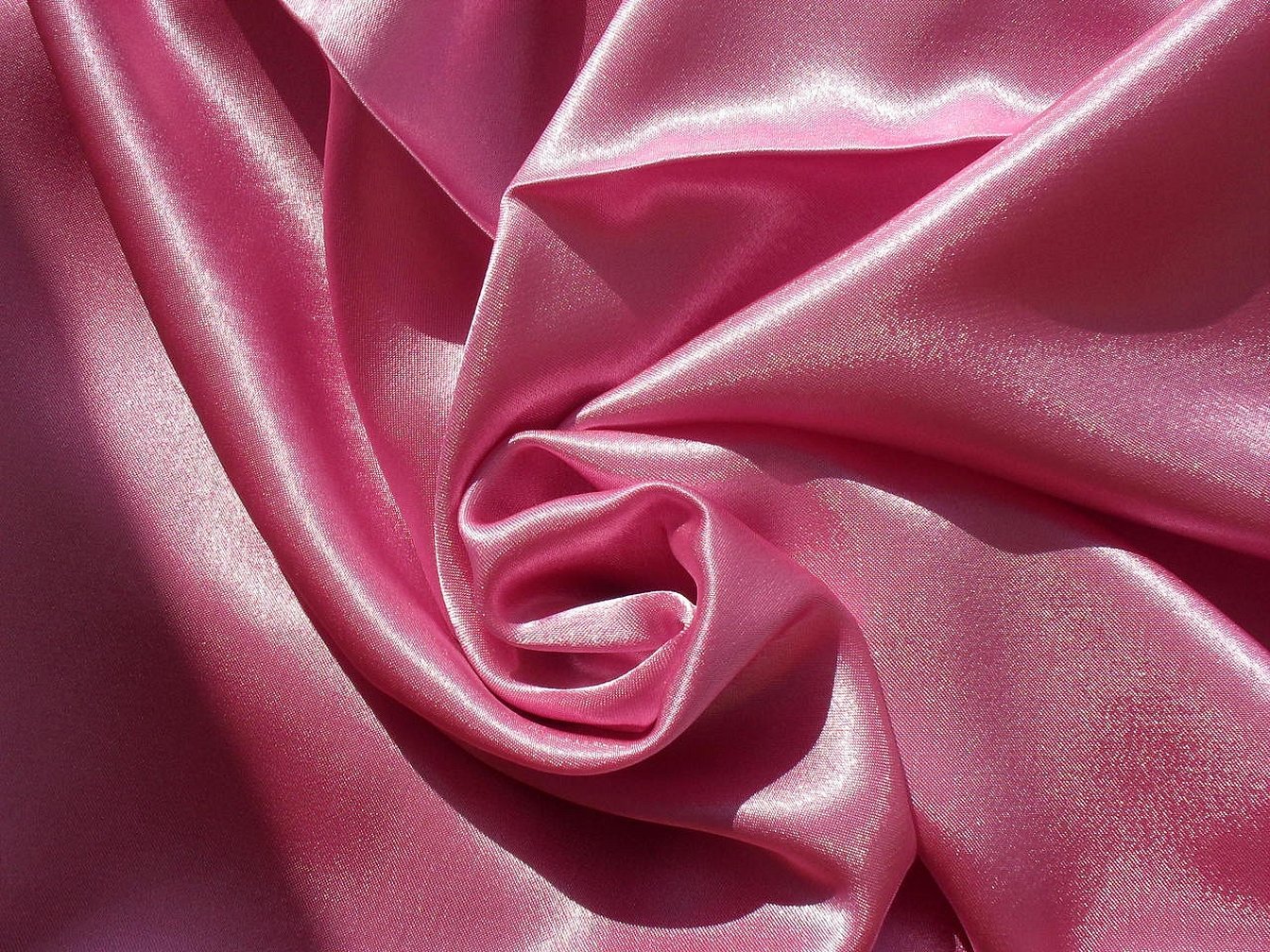
Additional information! China is considered the birthplace of satin. Such fabrics appeared there 800 years ago, and after so many centuries the popularity and relevance of the material have remained the same. Clothes are sewn from it: underwear, dresses, blouses, as well as bed linen, curtains, drapes, tablecloths and scarves. In China, it was loved for its shine and chic appearance of products. Initially, it was a fabric for creating formal festive outfits for ceremonies.
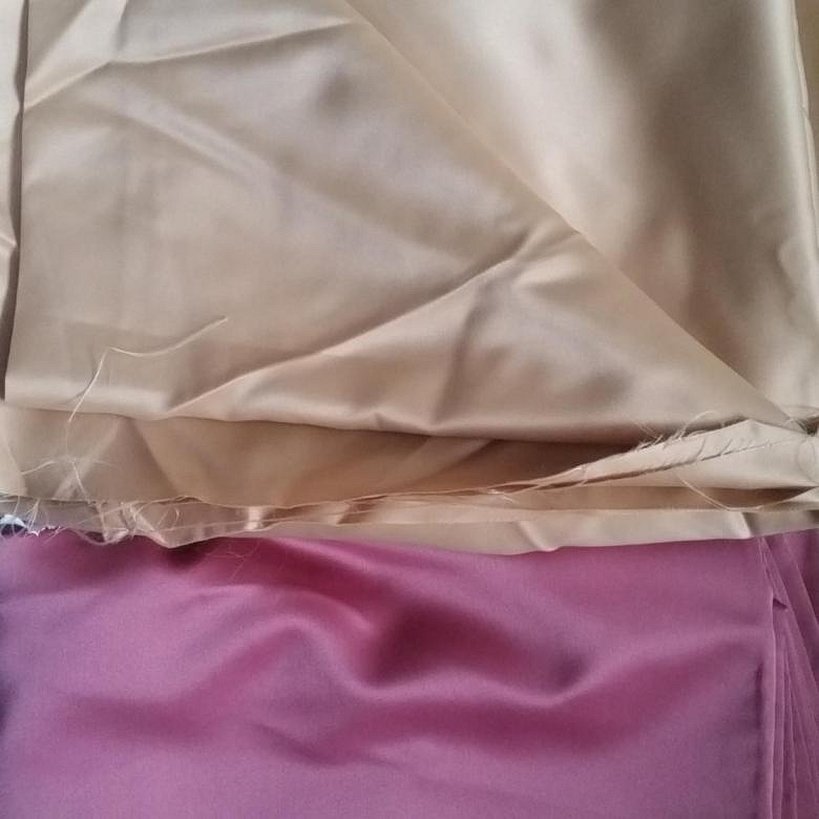
Wealthy aristocrats from Europe were able to afford the same clothes, and so the fabrics began to be successfully exported to other countries. Many years later, the material began to be created in other countries, in addition to China. Today, products supplied by manufacturers from Turkey, Russia, Pakistan and Italy are popular.
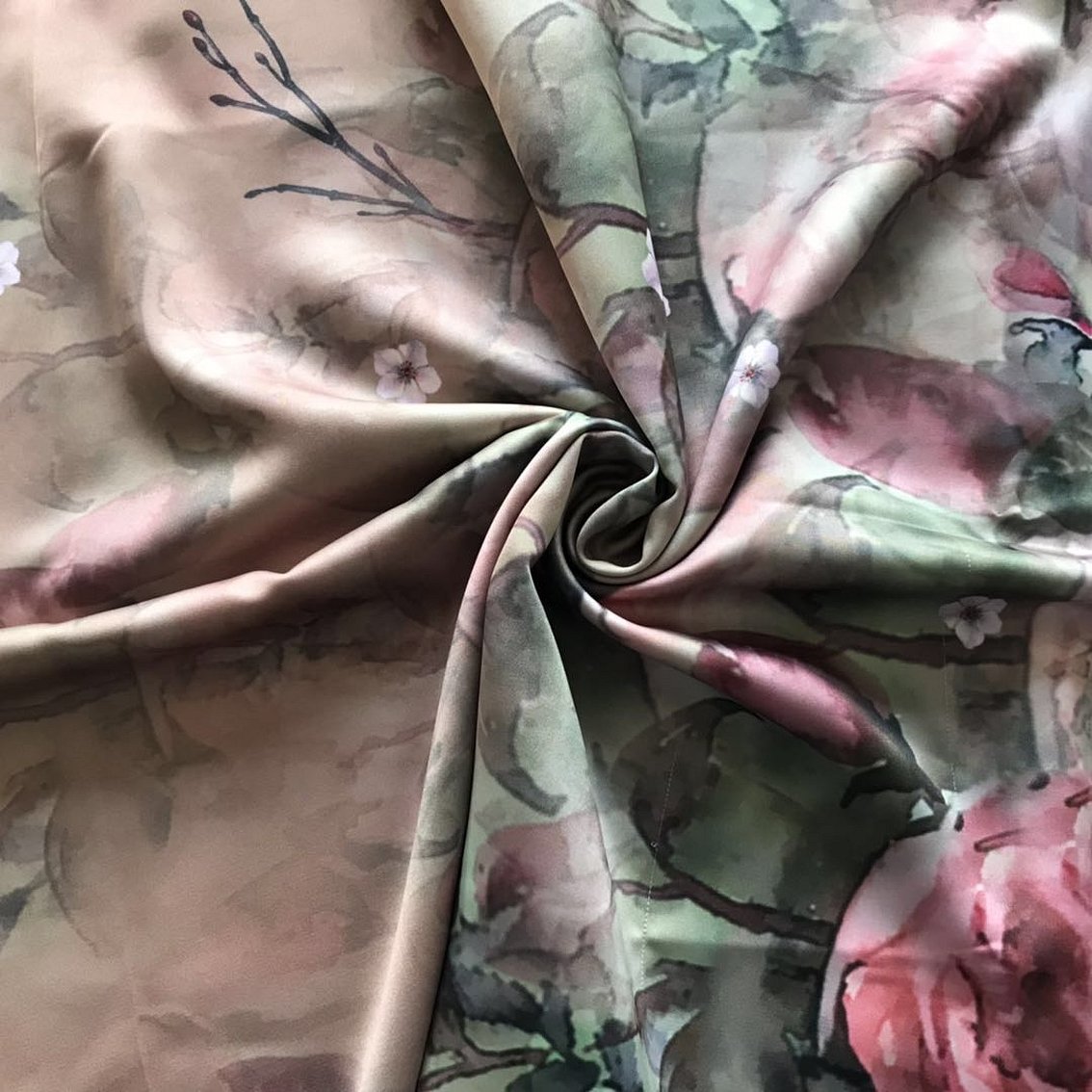
The technology of creating the fabric is almost identical everywhere. After weaving the threads, the fabric is bleached and dyed. Dyeing occurs in two ways. One of them applies the pattern only to the front side, which is why it can be erased over time. And the second option is typical mainly for expensive material. The dye is applied from all sides and does not wash off for a long time.
Satin stretch ceilings are also popular. They do not require special care, so it is enough to simply wipe them with a dry cloth or napkin. You can also wet them with ammonia solution and wash them this way.
Natural or synthetic satin
Often many people have a question: is satin cotton or synthetic? The answer to it lies in the content of the material. Cotton traditionally takes the lead in the composition of the fabric. The percentage of cotton determines which section the material belongs to.
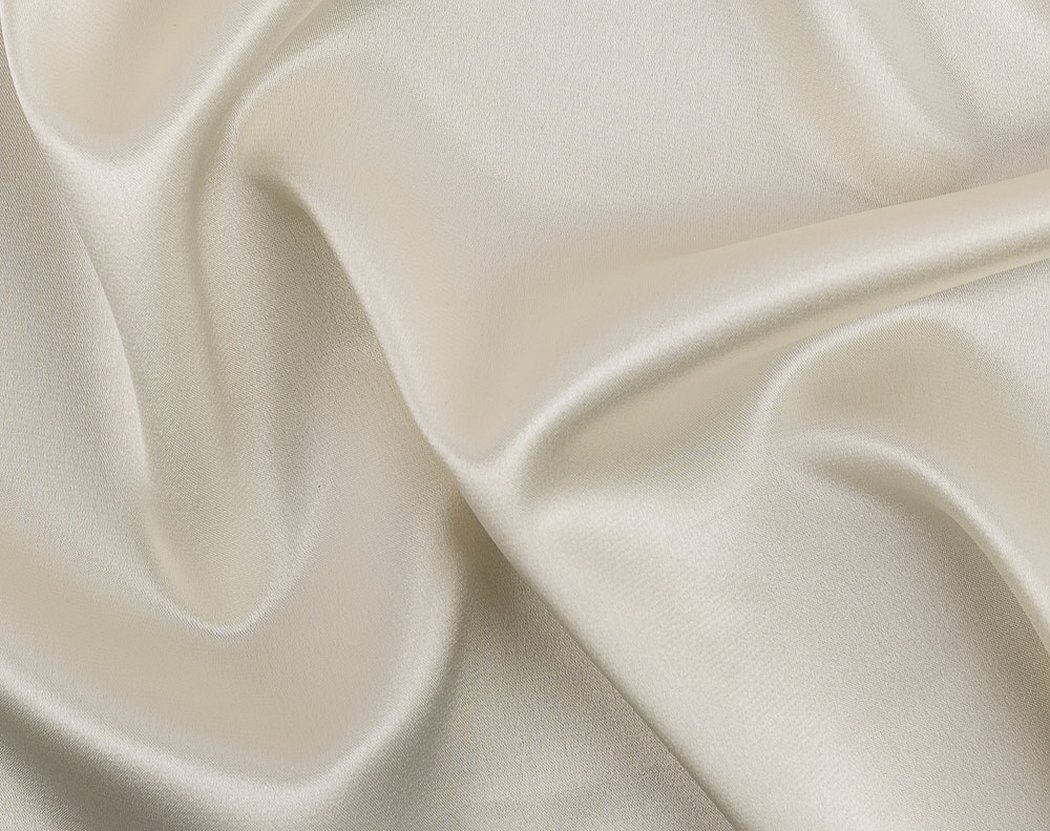
Products that are 100% natural are classified as natural materials. Other types are synthetics, although there are few differences close up.
At the moment, cotton fabric is one of the most expensive options. It contains only cotton, which makes it an environmentally friendly and safe product.
Synthetic satin, on the contrary, may contain artificial additives. The synthetic component is usually polyester, silk or fleece.
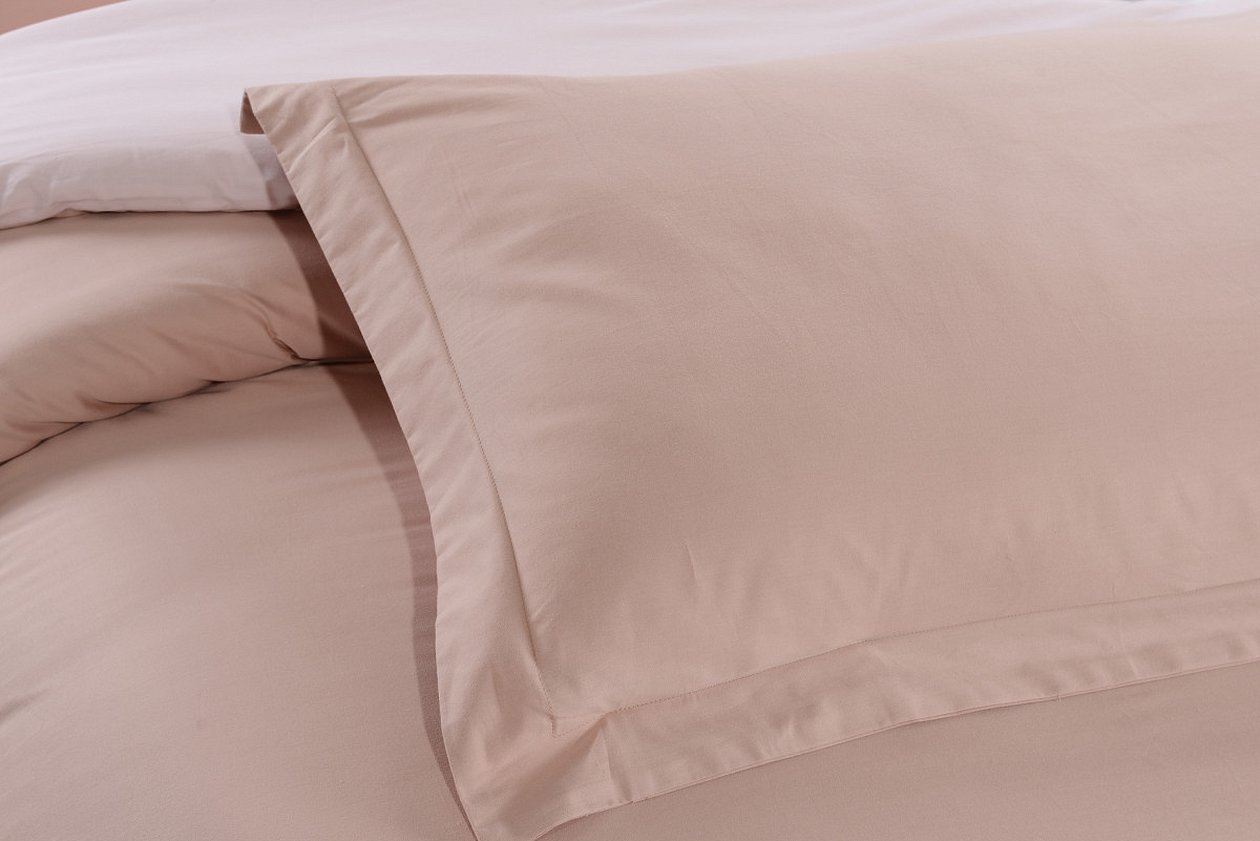
How to distinguish natural satin from synthetic material
To distinguish a natural product from synthetics, it is worth paying attention to the composition of the material. What is written there will help give a clear idea of the classification of the fabric.
Please note! A big difference is observed in the cost of materials. Artificial fabrics are cheaper than natural fabrics. Chemical components are added to achieve the best strength of the material. This type of fabric includes, for example, satin. The back of the material is natural satin, and the other side is made of silk.
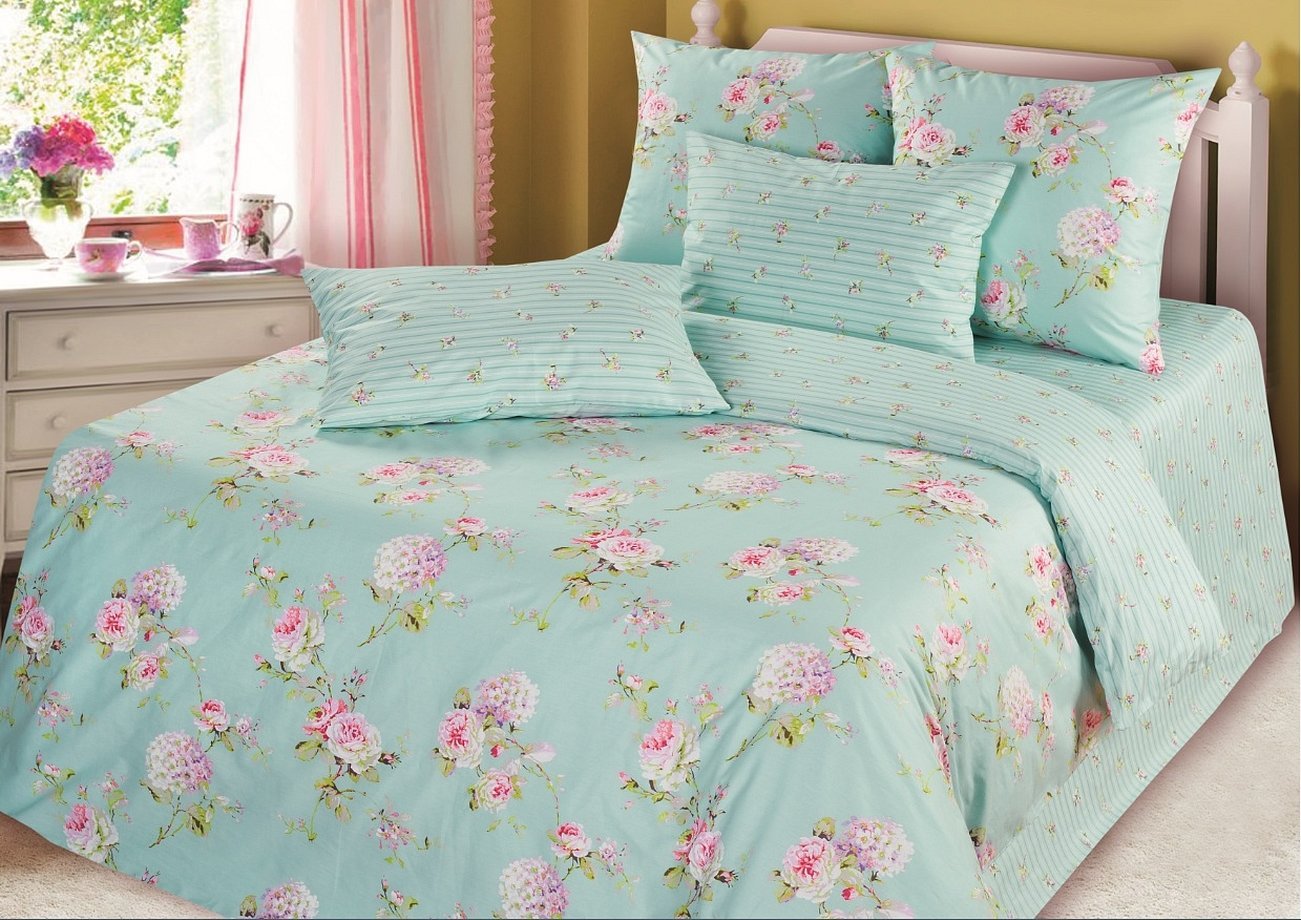
Advantages of satin material
A number of positive characteristics can be highlighted:
- A special method of weaving threads when creating the material gives the material durability and wear resistance. Satin is not afraid of numerous washings and frequent wear. The fabric practically does not wrinkle and has sufficient density to serve for many years and maintain its appearance in its original beautiful form.
- Lightweight and skin-friendly, the material is perfect for sewing children's clothing.
- Natural satin is hypoallergenic. It does not cause allergic reactions due to the presence of predominantly natural components in its composition.
- Despite the high level of density, cotton products are able to easily pass air flow. The clothes are ideal as a summer option for men, women and children. In winter, it will keep the body temperature warm, and in summer it will become a cool, airy garment.
- Satin underwear looks chic and festive. Unlike silk, from which the material is almost indistinguishable in appearance, the fabric retains temperature and is comfortable for sleeping.
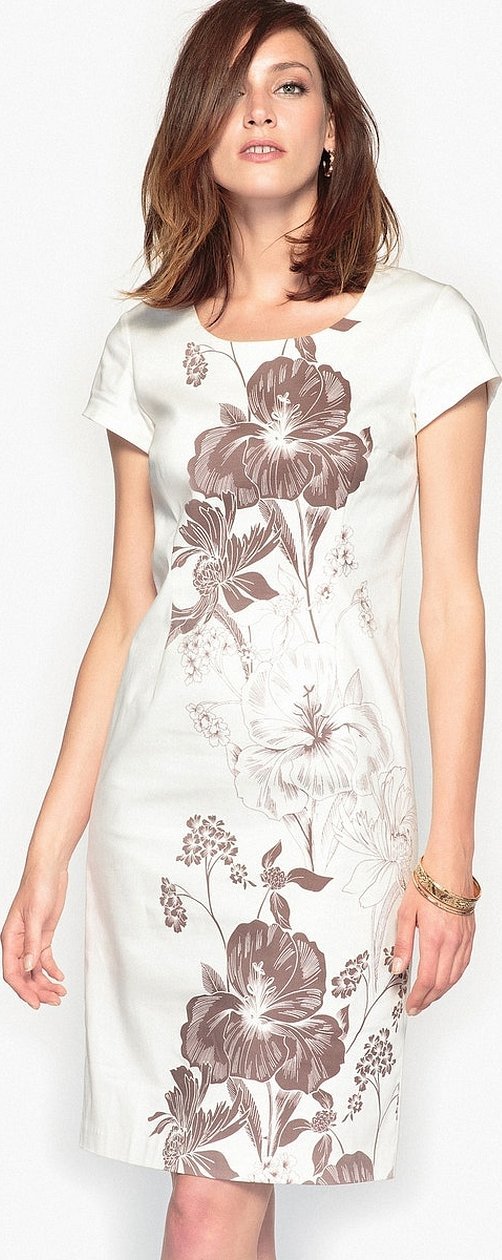
In addition to the advantages of the fabric, it is worth mentioning its hidden disadvantages. The disadvantages include the slipping that is characteristic of the fabric.
Types of satin fabrics
The type of material depends on the presence of a pattern on the fabric. Satin is mainly classified as plain and printed. Both options are ideal for bed linen. Fabrics are divided into classes according to the origin of the fibers, the method of applying the pattern and the density of the material.
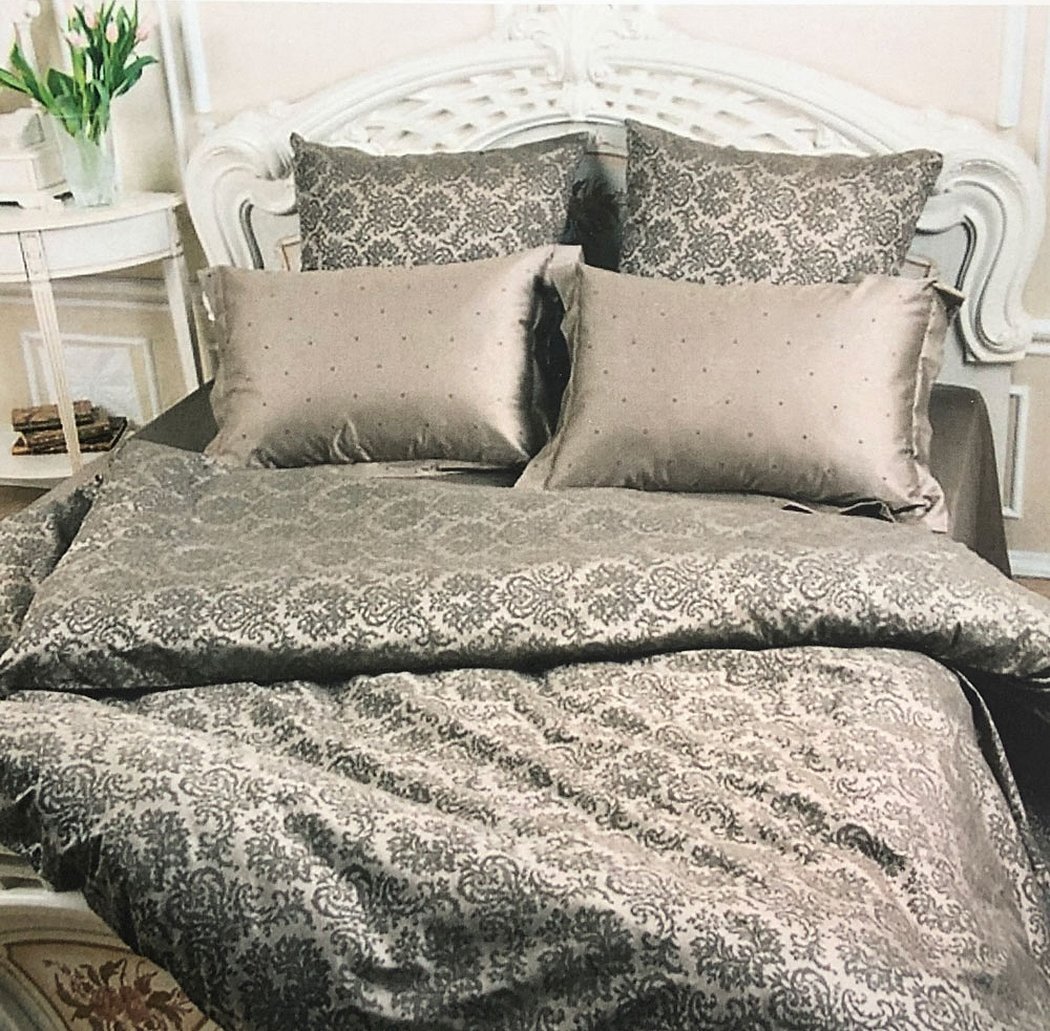
- Mako satin. It belongs to the natural type of fabric and is the most expensive cotton material. In addition, such fabrics are the densest, as they consist of at least 220 threads.
- Silk satin. The front part of the product is made of artificial silk, and the back is mainly made of cotton.
- Milatex. Bed linen made from such fabric looks rich, stylish and original. Such curtains, drapes and tablecloths are widely used.
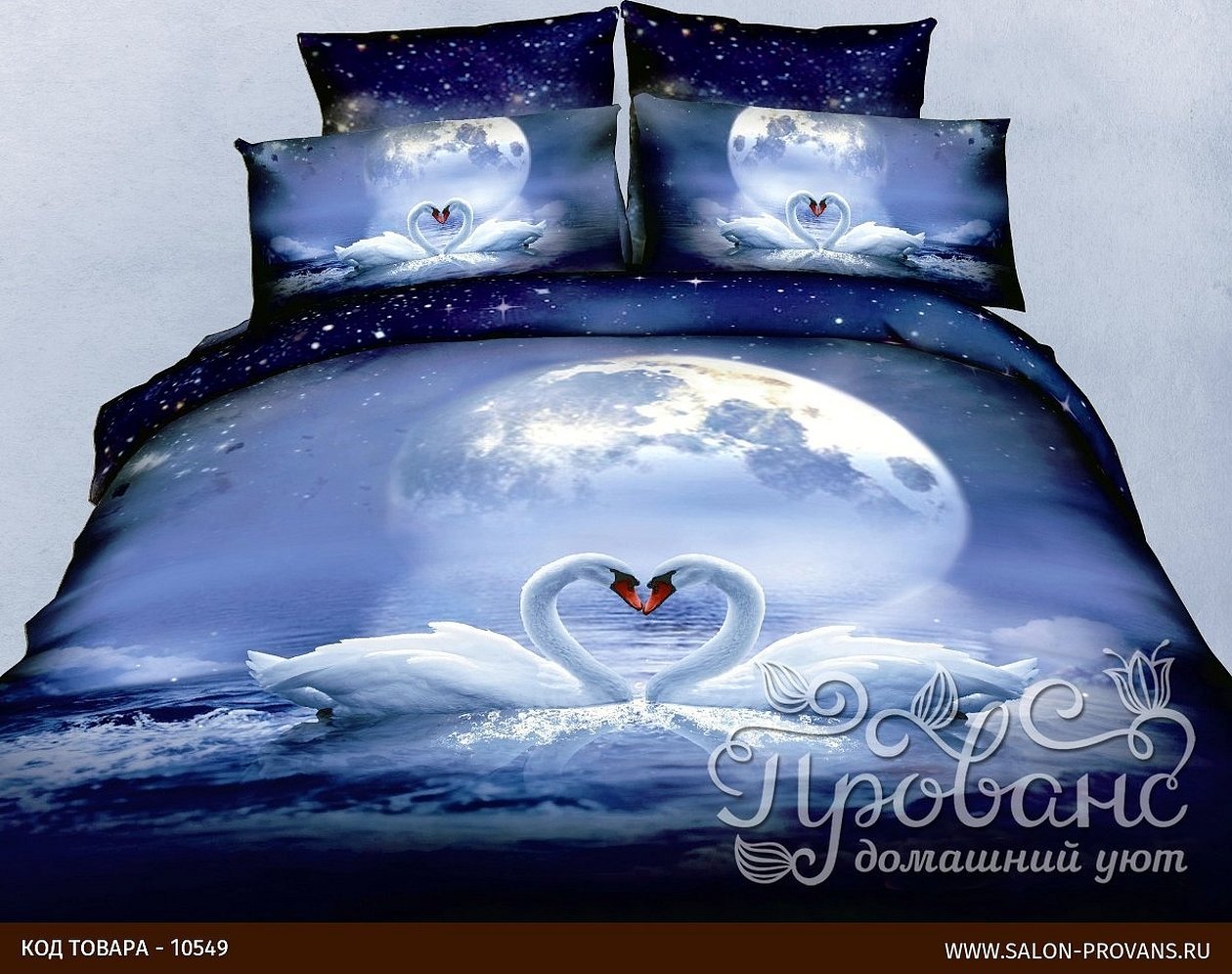
- 3D satin. It is distinguished by a three-dimensional pattern. Products with images of living nature look incredibly beautiful.
- Crepe satin. Scarves, curtains, drapes are most often made of this material. The fabric may contain artificial silk.
- Satin jacquard. The products do not have a reverse side - the pattern is applied to both sides. It can be represented by stripes, circles and other ornaments. A distinctive feature is the method of applying the pattern, as a result of which it turns out to be voluminous and embossed. Usually woven from threads, the number of which starts from 170 threads.
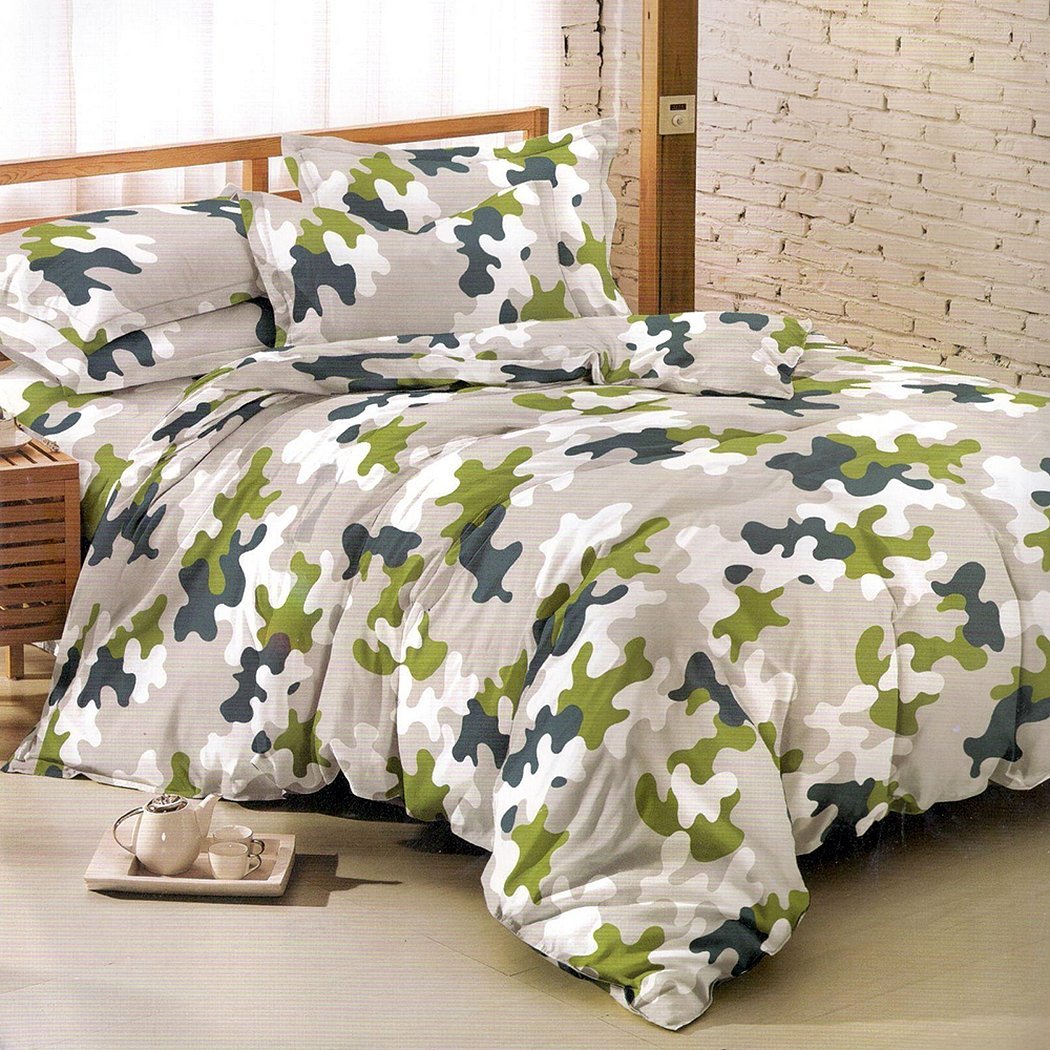
- Mansi. The material consists of satin and artificial fleece. Such underwear can be double-sided, and it is distinguished by its versatility.
- Polysatin. The fabric consists of cotton and polyester. It looks soft and velvety structure.
Description of satin fabric
Satin differs in appearance from other types of fabrics. This is due to a special method of weaving threads. The main part of the material is dense, and the front part is characterized by smoothness and lightness. The reason for this is the use of thinner threads, which, twisting, create a shine to the fabric.
Satin is often confused with calico and poplin. If you look at the pattern closer, the difference will become obvious. Calico is presented with a pattern in the form of ordinary crosses, while the pattern of satin material is much more complex to create. Poplin is made with a special important condition, which is the use of threads of different thickness.

Which satin to choose for bed linen
Satin has gained wide popularity in the manufacture of bed linen. It not only looks chic externally, but can also serve its owner for a long time. Many romantics prefer this material because it is similar to silk. Inexpensive products can fade after several washes. The reason is a simpler dyeing process, when special calender rollers dye only the front part of the material.

When choosing fabric, it is worth giving preference to higher quality material. Its cost starts from $5 per meter of fabric.*
The main differences of good material:
- No unpleasant odor. A sharp aroma is a distinctive feature of cheap fabric.
- When stretched, quality material should not be translucent.
- The composition of the ideal fabric for bed linen should be represented by only 100% cotton.
- The density of the material should be high and start from 100 threads.
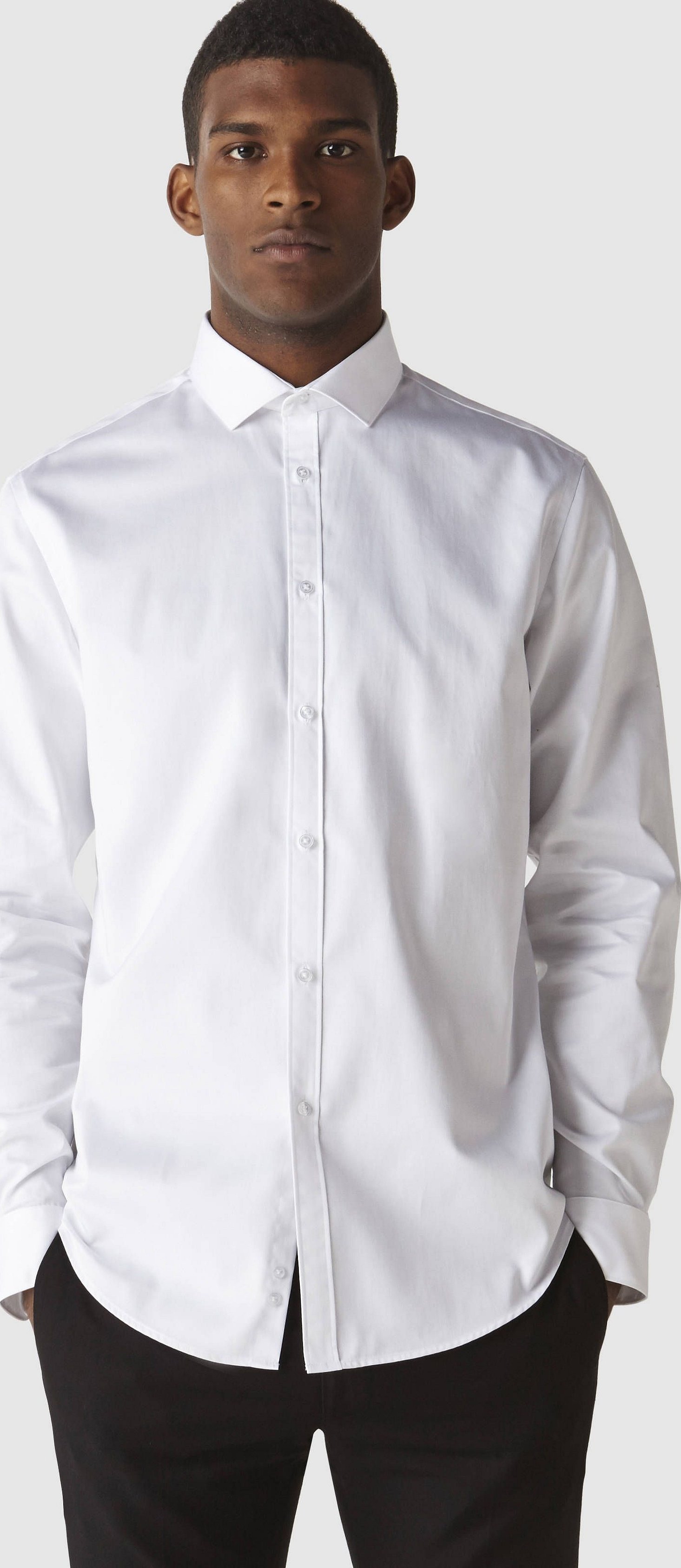
Finally, it is worth paying tribute to the care of the fabric. Despite the unpretentiousness of the satin material, the best quality of the material can only be preserved by caring for it. Cotton products must be cleaned and washed. The temperature can be as high as 95 degrees. Expensive underwear is best washed at 40 degrees, and in the case of patterns, it is worth limiting yourself to 60 degrees. Colored material should never be bleached.
White and light-colored plain linen can be exposed to any bleach without fear, but it is better to give preference to higher-quality products. Spinning is not prohibited, but it is worth understanding that creases may appear. Drying in machines has an adverse effect on the material, so you should give preference to air drying the fabric.




